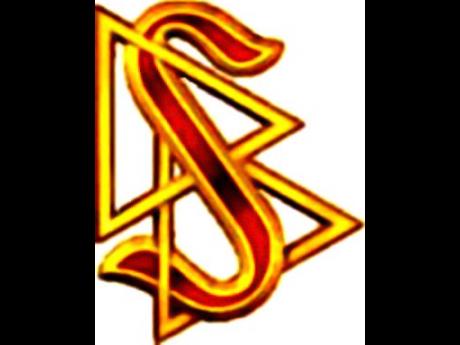The birth of Scientology as a religion - Part II
Scientology is a body of religious beliefs and practises launched in 1950 by American author, L. Ron Hubbard (1911-1986), with the publication of his book, Dianetics: The Modern Science of Mental Health. He was to become the leader of the Dianetics movement, in which adherents used a counselling technique called auditing, in which a subject is assisted in the conscious recalling of traumatic events in the subject's past.
It was about getting rid of psychological and emotional pain from the past, a type of psychotherapy to spiritually heal the afflicted. It was not expected to become the foundation for a new religion, but it eventually evolved into one. But, before that, in early 1951, the element of reincarnation became a popular moot in the Dianetics community. Hubbard then began to focus on the reports of past life events and introduced the idea of the thetan, an immortal being, akin to the soul.
The thetan is derived from the Greek letter, theta, which represents 'the source of life or life itself'. It is believed that it is the thetan, and not the central nervous system which operates the body through points of communication. It is regarded as 'an immortal spiritual being', 'a creator of things'. This belief in the thetan was to propel Dianetics into the religion of Scientology.
In 1951, also, the Volney Mathison-designed electropsychometer
(E-meter) was incorporated as an auditing aid to detect changes in a person's state of mind. In January of that year, legal proceedings were brought against Hubbard for teaching medicine without a licence. The Hubbard Dianetics Foundation files for bankruptcy, and Hubbard lost the copyrights of his popular book to financier, Don Purcell.
Yet, it turned out that Hubbard had intended for Scientology to become a science. In May 1952, he organised Scientology as an intended science into practise, and published the book, Scientology, A Religious Philosophy. Some critics claimed that Hubbard had intended from day one for his approach to be a religious one.
'Spiritual Guidance Centres'
In April 1953, Hubbard proposed that Scientology be made a religion. This was in contrast to his negative attitude towards religion in the book, Dianetics. By that time membership was falling and money was getting scarcer. In a well-circulated letter, he told of the legal and financial benefits of Scientology becoming a religion. He also planned to set up a chain of "spiritual guidance centres", charging customers $500 for 24 hours of auditing.
The way was paved for Scientology, the religion, in December 1953, in Camden, New Jersey, when Hubbard incorporated three churches, Church of American Science, Church of Scientology and the Church of Spiritual Engineering. And on February 1954, some of his followers set up the first local church of Scientology, the Church of Scientology, California.
After that, the movement gathered much steam in the US and spread to Britain, Ireland, South Africa, and Australia. The second local church to be set up was in Auckland, New Zealand, and in 1955, Hubbard set up the Founding Church of Scientology in Washington, DC. In its certificate of corporation, the founding church was to "act as a parent church for the religious faith down as 'Scientology', and to act as a church for the religious worship of the faith".
Eight years after the founding church was established, the Food and Drug Administration raided the offices of the church seizing E-meters, saying that they were illegal medical devices, and much literature, which it said was making false medical claims. The proceedings against the Church of Scientology failed, but it had to affix to each item a disclaimer stating that it is only a religious object.
There were to be some changes in Hubbard's teachings as Scientology develops, likewise in its leadership.

